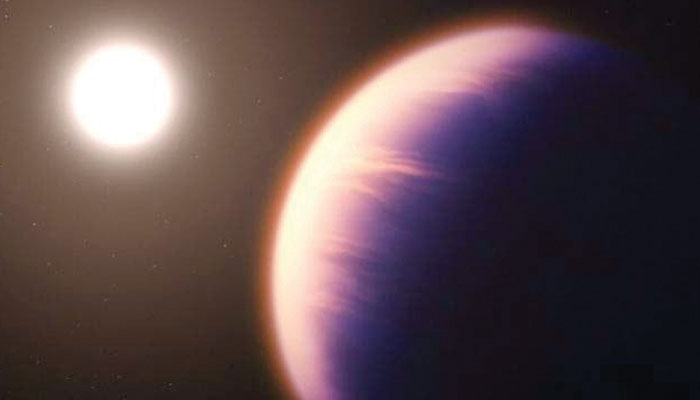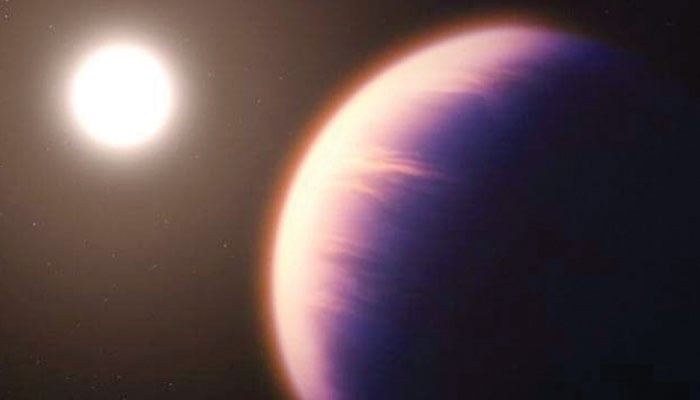
The James Webb Space Telescope has for the first time revealed the atmosphere and other chemical components of a distant Earth-like planet in detail that was not possible before and only thanks to modern instruments. The planet is named WASP 39. B is where there is space, clouds and chemical reactions are also taking place there. Apart from this, the space telescope has also obtained deep information about the planet.
Modern instruments installed in the telescope have described chemical elements and compounds capable of reading the broad infrared (lower red) spectrum. Thus, carbon dioxide has been discovered for the first time in an exoplanet outside the solar system. Sulfur dioxide has also been detected in its atmosphere, which is the first discovery, but in the next phase, a detailed analysis of the extensive data will be carried out.
Further consideration will be given to WASP 39b’s hazy atmosphere. Although it is not as Earth-like as it is about the same mass as the planet Jupiter, making it a gas giant. It completes one cycle around its star (Sun) in four months and the temperature is about 871 degrees Celsius.
setTimeout(function(){
!function(f,b,e,v,n,t,s)
{if(f.fbq)return;n=f.fbq=function(){n.callMethod?
n.callMethod.apply(n,arguments):n.queue.push(arguments)};
if(!f._fbq)f._fbq=n;n.push=n;n.loaded=!0;n.version=’2.0′;
n.queue=[];t=b.createElement(e);t.async=!0;
t.src=v;s=b.getElementsByTagName(e)[0];
s.parentNode.insertBefore(t,s)}(window,document,’script’,
‘https://connect.facebook.net/en_US/fbevents.js’);
fbq(‘init’, ‘836181349842357’);
fbq(‘track’, ‘PageView’);
}, 6000);
/*setTimeout(function(){
(function (d, s, id) {
var js, fjs = d.getElementsByTagName(s)[0];
if (d.getElementById(id)) return;
js = d.createElement(s);
js.id = id;
js.src = “//connect.facebook.net/en_US/sdk.js#xfbml=1&version=v2.11&appId=580305968816694”;
fjs.parentNode.insertBefore(js, fjs);
}(document, ‘script’, ‘facebook-jssdk’));
}, 4000);*/



